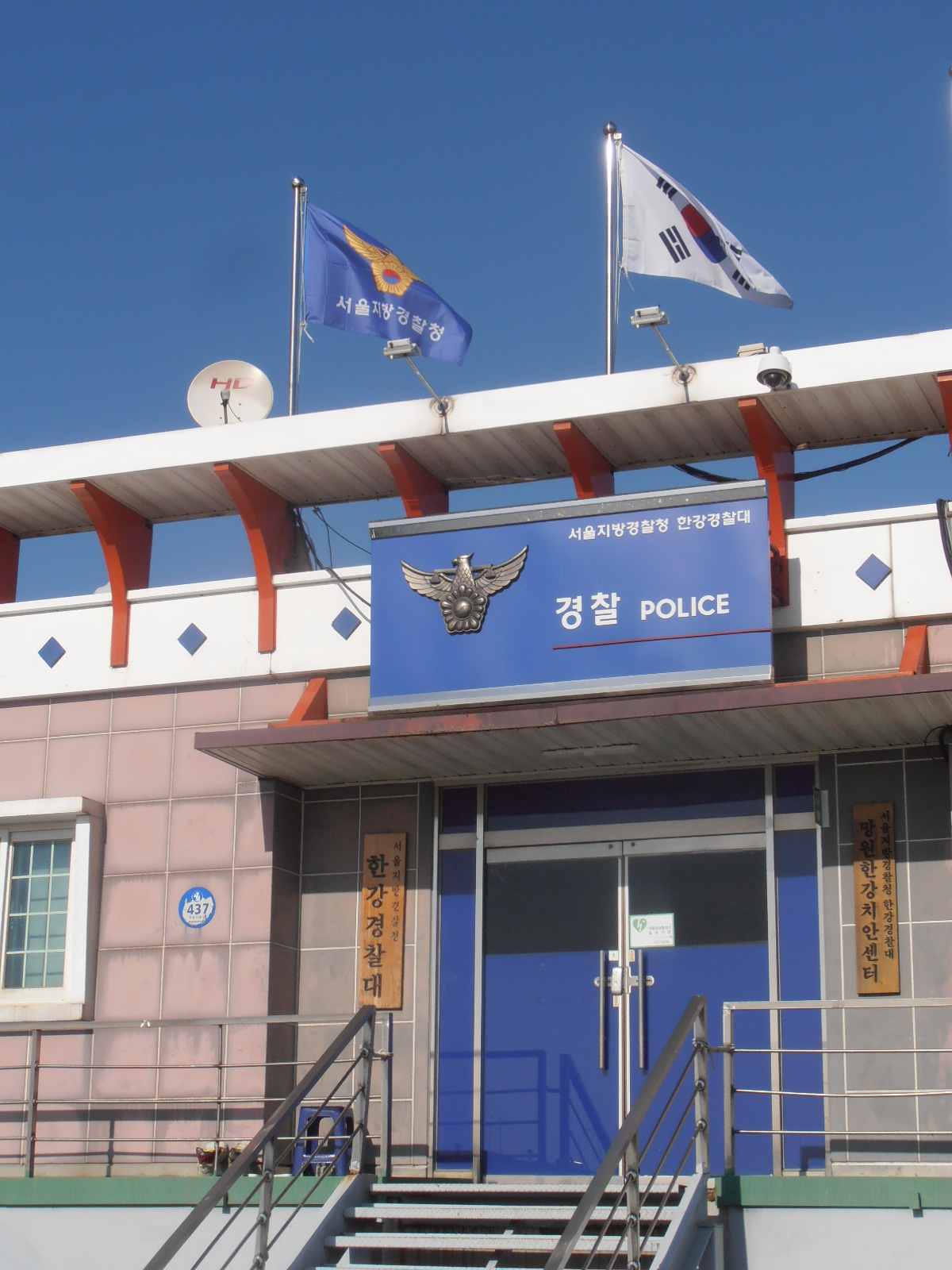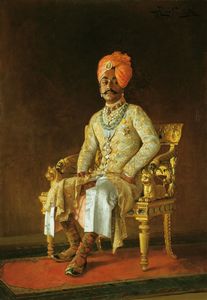|
Chandap
Chandap is a village in the Sabarkantha district of Gujarat, in western India. History Chandap was a petty princely state, also comprising three more villages. It was a ''matadari'' village without Chieftains and part of the Gadhwara '' thana'', in Mahi Kantha. It had a combined population of 588 in 1901, yielding a state revenue of 546 Rupees (1903-4, only from land) and paid double tribute: 71 Rupees to the Gaekwar Baroda State and 217 Rupees to Idar State Idar State, also known as Edar, was a princely state located in present-day Gujarat state of India. During the British era, it was a part of the Mahi Kantha Agency, within the Gujarat Division of Bombay Presidency. History Idar State was a .... Sources and external links Imperial Gazetteer, on dsal.uchicago.edu - Mahi Kantha References Villages in Sabarkantha district Princely states of Gujarat {{India-hist-stub ... [...More Info...] [...Related Items...] OR: [Wikipedia] [Google] [Baidu] |
Baroda State
Baroda State was a state in present-day Gujarat, ruled by the Gaekwad dynasty of the Maratha Confederacy from its formation in 1721 until its accession to the newly formed Dominion of India in 1949. With the city of Baroda (Vadodara) as its capital, during the British Raj its relations with the British were managed by the Baroda Residency. The revenue of the state in 1901 was Rs. 13,661,000. Baroda formally acceded to the Dominion of India, on 1 May 1949, prior to which an interim government was formed in the state. History Early history Baroda derives its native name ''Vadodara'' from the Sanskrit word ''vatodara'', meaning 'in the heart of the Banyan (''Vata'') tree. It also has another name, ''Virakshetra'' or ''Virawati'' (land of warriors), mentioned alongside ''Vadodara'' by the 17th century Gujarati poet Premanand Bhatt, native to the city. Its name has been mentioned as ''Brodera'' by early English travellers and merchants, from which its later name Baroda was d ... [...More Info...] [...Related Items...] OR: [Wikipedia] [Google] [Baidu] |
Sabarkantha District
Sabarkantha district is one of the 33 districts of Gujarat state of India and is located in the northeastern part of the state. The administrative headquarters of the district are located in Himatnagar. Geography Sabarkantha District is bounded by Rajasthan state to the north and northeast, Banaskantha district and Mehsana district to the west, Gandhinagar district to the south and Aravalli district to the southeast. It is spread across an area of 5390 km2. It has a gender ratio of 950 females per 1000 men, and the literacy rate for the district is 76.6%. History During the Western Satrap rule, the region was known as ''Shwabhra'' ( gu, શ્વભ્ર). The region was under rule of Satrap Rudradama in 150 A.D. as indicated in Ashoka's Major Rock Edicts at Junagadh. The river of the region is named as ''Shwabhravati'' which is now known as Sabarmati River. The region is also named in auxiliary text ''Gaṇapāṭha'' of Pāṇini's grammar work, ''Aṣṭādhyāyī''. Duri ... [...More Info...] [...Related Items...] OR: [Wikipedia] [Google] [Baidu] |
Gujarat
Gujarat (, ) is a state along the western coast of India. Its coastline of about is the longest in the country, most of which lies on the Kathiawar peninsula. Gujarat is the fifth-largest Indian state by area, covering some ; and the ninth-most populous state, with a population of 60.4 million. It is bordered by Rajasthan to the northeast, Dadra and Nagar Haveli and Daman and Diu to the south, Maharashtra to the southeast, Madhya Pradesh to the east, and the Arabian Sea and the Pakistani province of Sindh to the west. Gujarat's capital city is Gandhinagar, while its largest city is Ahmedabad. The Gujaratis are indigenous to the state and their language, Gujarati, is the state's official language. The state encompasses 23 sites of the ancient Indus Valley civilisation (more than any other state). The most important sites are Lothal (the world's first dry dock), Dholavira (the fifth largest site), and Gola Dhoro (where 5 uncommon seals were found). Lothal i ... [...More Info...] [...Related Items...] OR: [Wikipedia] [Google] [Baidu] |
Police Station
A police station (sometimes called a "station house" or just "house") is a building which serves to accommodate police officers and other members of staff. These buildings often contain offices and accommodation for personnel and vehicles, along with locker rooms, temporary holding cells and interview/interrogation rooms. Names Large departments may have many stations to cover the area they serve. The names used for these facilities include: *Barracks for many American state police and highway patrol stations and in Ireland *District office, typically used by American state police forces like the California Highway Patrol, but also used by smaller departments like the Calgary Police Service *Precinct house, or precinct, for some urban police departments in the United States such as the New York City Police Department, Memphis Police Department, and Newark Police Department, where stations are in charge of precincts *Police house *Police office, especially in Scotland *Statio ... [...More Info...] [...Related Items...] OR: [Wikipedia] [Google] [Baidu] |
Mahi Kantha
Mahi Kantha was a political agency or collection of princely states in British India, within the Gujarat Division of Bombay Presidency. In 1933, the states of the Mahi Kantha Agency, except for Danta, were included in the Western India States Agency. The total area of the agency was ; the population in 1901 was 361,545. History The states came within the British sphere of influence after the Second Anglo-Maratha War of 1803–1805. In 1811, when the Maratha power was declining, the British Government stipulated to collect and pay over to the ruler of Baroda the yearly tribute of the Mahi Kantha states. In 1820 they finally took over the management of the whole territory, agreeing to collect and pay over the tribute free of expense to Baroda, while Baroda was pledged not to send troops into the country, or in any way to interfere with the administration. After a few disturbances in the 1830s, in 1857-58 and 1867, peace remained unbroken in the region until 1881, when the Bhils o ... [...More Info...] [...Related Items...] OR: [Wikipedia] [Google] [Baidu] |
Idar State
Idar State, also known as Edar, was a princely state located in present-day Gujarat state of India. During the British era, it was a part of the Mahi Kantha Agency, within the Gujarat Division of Bombay Presidency. History Idar State was a princely state that was founded in 1257. Its rulers were Rathore Rajputs. On the question of the succession of the state of Idar, the Sultan of Gujarat, Muzaffar Shah, and Rana Sanga of Mewar supported rival claimants. In 1520, Sanga established Raimal on the Idar throne, with Muzaffar Shah sending an army to install his ally Bharmal. Sanga himself arrived in Idar and the Sultan's army was beaten back. Rana pursued the Gujarati army and plundered the towns of Ahmadnagar and Visnagar of Gujarat, chasing the Sultan's army as far as Ahmedabad. the Rathore's ruled Idar for 12 generations until they were defeated by the Mughals under Murad Baksh in 1656. Idar then became a part of the Mughal Province of Gujarat. In 1729 Anand Singh and Rai ... [...More Info...] [...Related Items...] OR: [Wikipedia] [Google] [Baidu] |
Villages In Sabarkantha District
A village is a clustered human settlement or community, larger than a hamlet but smaller than a town (although the word is often used to describe both hamlets and smaller towns), with a population typically ranging from a few hundred to a few thousand. Though villages are often located in rural areas, the term urban village is also applied to certain urban neighborhoods. Villages are normally permanent, with fixed dwellings; however, transient villages can occur. Further, the dwellings of a village are fairly close to one another, not scattered broadly over the landscape, as a dispersed settlement. In the past, villages were a usual form of community for societies that practice subsistence agriculture, and also for some non-agricultural societies. In Great Britain, a hamlet earned the right to be called a village when it built a church. [...More Info...] [...Related Items...] OR: [Wikipedia] [Google] [Baidu] |





